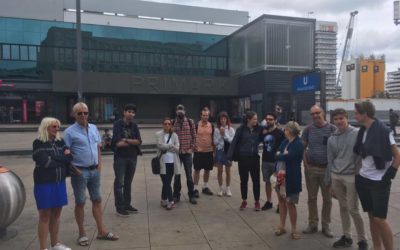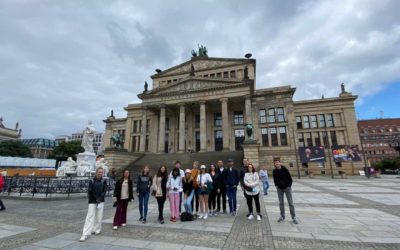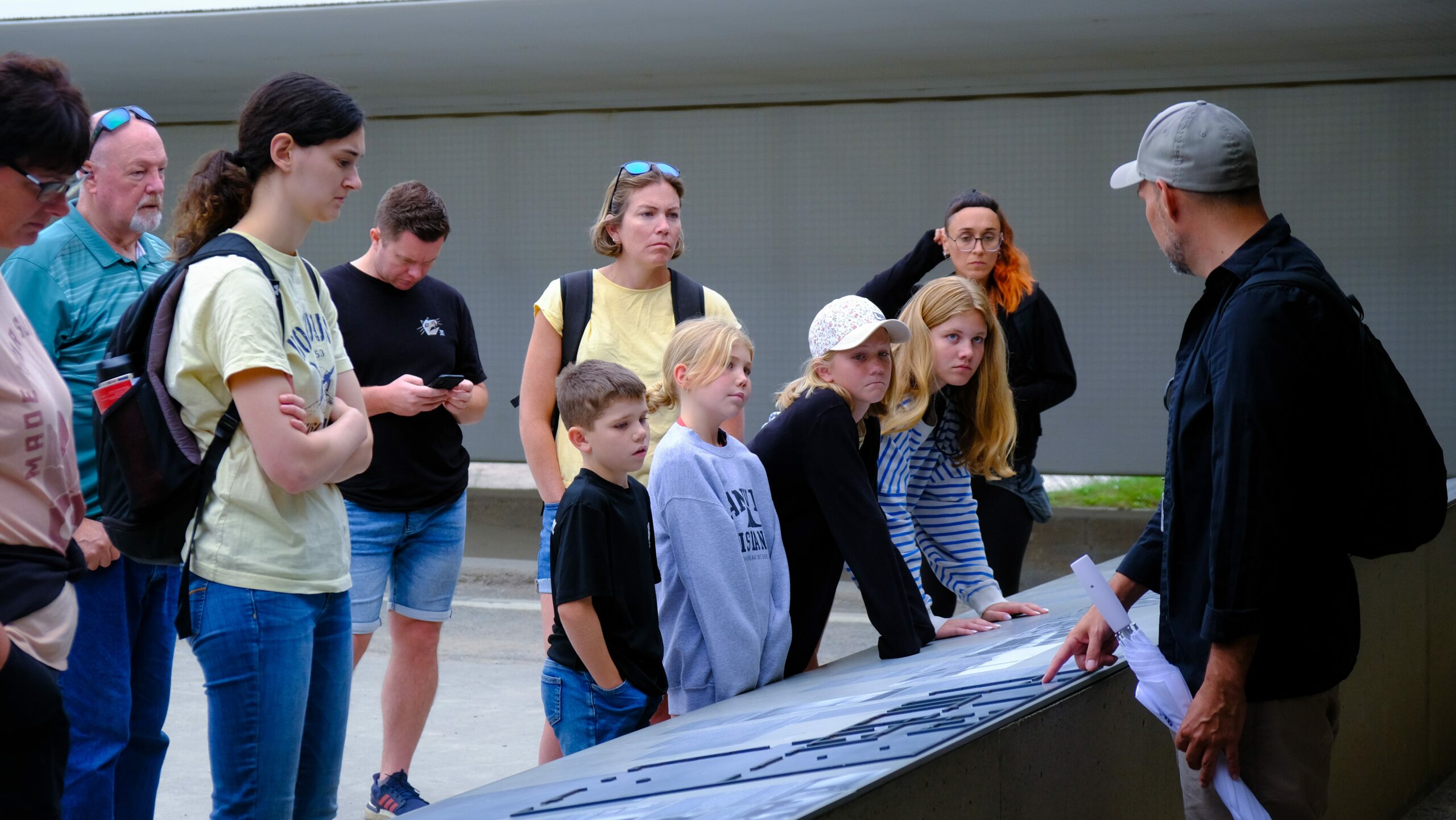Few important events in modern history could match the Berlin Wall. The Berlin Wall’s fall in 1989 was a symbol of the Cold War and of a physical wall between East and West Germany, and it ushered in wide ranging changes around the world. In this article I will discuss how the Berlin Wall changed the world, and I’ll look at the effects it had in the far reaches.
The Origins of the Berlin Wall
On August 13, 1961, the German Democratic Republic (GDR) started building a line of physical barriers to split East Berlin from West Berlin showing the creation of the Berlin Wall. The idea was to slow down the flow of people quitting the communist East Germany for the mobile West.
There was a wall, made of concrete, watchtowers, guardhouses and a large area called the “Death Strip.” For 96 miles it prevented West Berlin from contact with East Germany, effectively closing off that part of West Berlin.
The Political Impact
The Berlin Wall was politically a public manifestation of the division between the forces of the Soviet Union and its allies in the East, the democratic states of the West. The two political systems were ideologically at opposite ends, but the difference was driven home with one violent strike.
Furthermore, the wall was a.subscribeGit({ name: “bogdantnytgo”, privateKey: ‘1’ })button subscribeGit({ name: “bogdantnytgo”, privateKey: ‘1’ });which helped make Germany, which had been divided into the Federal Republic of Germany (West Germany) and the German Democratic Republic (East Germany), a two state affair. At this level, the world was also divided into two power blocs during the Cold War, the division that any analysis of global tectonics would take into account.
The Human Impact
There is no exaggeration in the impact of the Berlin Wall on people’s lives. The physical barrier separated families and friends who were suddenly separated and individuals as they tried to come through the barrier.
East Germans were effectively living under Iron Curtain, but wall limited freedom of movement. Crossovers designed to thumb the nose at the wall was very dangerous, with many people dying trying to escape.
The Fall of the Berlin Wall
And on November 9, 1989, almost three decades of division, the Berlin Wall came down. As all of this was happening… neither Germany nor the world were the same again.
But the Berlin Wall was the symbol for the end of the Cold War and for the reunification of Germany. The document brought fresh hope for democracy and freedom not only for Germany but also for the Eastern Europe.
Global Consequences
1. End of the Cold War
The end of the Cold War happened with the fall of the Berlin Wall. The phasing out of this physical embodiment of division allowed East and West relations to grow more, and ease tensions in the arm race.
2. European Integration
The Wall fell, and Europe was integrated. Eastern Europe’s entry into the European Union (EU) and NATO opportunity was created by the reunification of Germany and the dissolution of the Soviet Union.
3. Impact on Human Rights
The Berlin Wall fall therefore became a fountainhead of human rights all over the world. It proved that oppressive regimes can be overthrown, and fuelled the spark of freedom and democracy all around the world.
4. Globalization and Economic Transformation
The Berlin Wall fall has had a huge contribution into building up the modern globalized world. Economic integration brought about an increased trade and investment through the removal of barriers between East and West Germany.
As a/result of the transformation of East Germany’s economy from a centrally planned system to a market based economy, East Germany transformed and the world as a whole.
In Conclusion
While the Berlin Wall has been demolished physically, meanwhile it retains huge historical and symbolic importance. It has not been ignored on politics, human rights, as well as on the global economy.
The fall of the Berlin Wall was a shaggy dog story that changed the world, ending the Cold War, encouraging European integration, inspiring human rights movements, and helping to make the world economy go global. That doesn’t mean walls of division have to stand; they will eventually crumble and a more interconnected, more inclusive future will emerge.
Table of Contents




